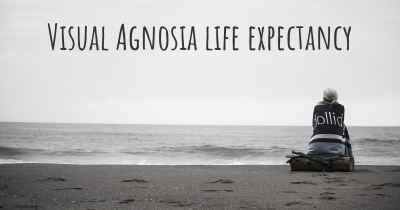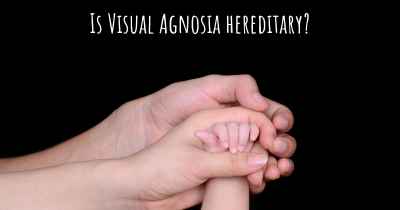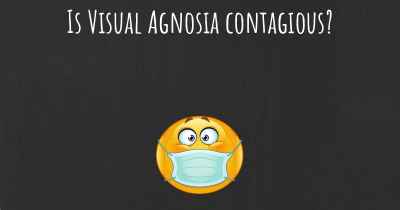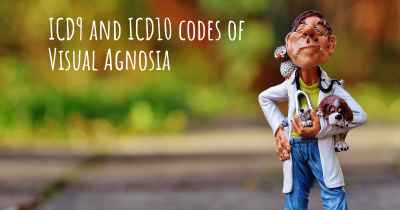How is Visual Agnosia diagnosed?
See how Visual Agnosia is diagnosed. Which specialists are essential to meet, what tests are needed and other useful information for the diagnosis of Visual Agnosia

Visual Agnosia Diagnosis:
Visual agnosia is a neurological condition characterized by the inability to recognize or interpret visual information, despite having intact vision. Diagnosing visual agnosia involves a comprehensive assessment that combines various methods to evaluate the individual's visual perception and recognition abilities.
1. Medical History:
The first step in diagnosing visual agnosia is obtaining a detailed medical history. This involves discussing the individual's symptoms, their onset, and any relevant medical conditions or injuries that may have contributed to the visual impairment.
2. Physical Examination:
A thorough physical examination is conducted to rule out any other potential causes of visual impairment. This may include assessing visual acuity, eye movements, and the overall health of the visual system.
3. Visual Tests:
Several visual tests are performed to evaluate different aspects of visual perception. These tests may include:
- Visual Acuity Test: Measures the individual's ability to see and identify small details.
- Visual Field Test: Assesses the individual's peripheral vision and detects any visual field defects.
- Color Vision Test: Determines the individual's ability to perceive and differentiate colors.
- Object Recognition Test: Evaluates the individual's ability to recognize and identify common objects or images.
4. Neuropsychological Assessment:
A comprehensive neuropsychological assessment is crucial in diagnosing visual agnosia. This assessment involves a series of tests and tasks that evaluate various cognitive functions, including visual perception, memory, attention, and language skills. The results help identify specific deficits and determine the presence of visual agnosia.
5. Brain Imaging:
In some cases, brain imaging techniques such as magnetic resonance imaging (MRI) or computed tomography (CT) scans may be used to identify any structural abnormalities or lesions in the brain that could be causing visual agnosia.
Diagnosing visual agnosia requires a multidisciplinary approach involving neurologists, ophthalmologists, and neuropsychologists. The combination of medical history, physical examination, visual tests, neuropsychological assessment, and brain imaging helps in accurately diagnosing visual agnosia and ruling out other potential causes of visual impairment.








